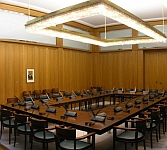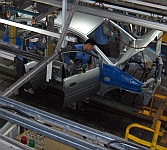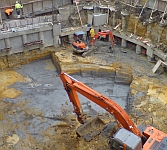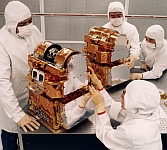






The beautiful thing about user-centered design (especially ergonomics) is that because you assess the work & products of others, you will learn about many jobs and many work environments. Variety is at the core of any successful ergonomics or usability company and will take you to numerous work places, including, but not limited to:
Offices: Offices are rampant with small errors that accumulate to create big problems. They also represent a reasonably profitable & well-researched domain for ergonomists and systems designers to take residence. Many offices employ a full-time ergonomist (sometimes even a team) to monitor their staff. Even if your work doesn't relate to office functioning, a fair amount of your work requires liasing with management and so will bring you to offices anyway
Factories: Practitioners often end up in factories to assess the manufacturing methods of products. For ergonomists this usually means looking at workers and hazards in their tasks, while for usability experts this usually focuses on the product itself. Like offices, large factories may retain a human factors professional permanently to work as a health and safety official
Building sites: Since architecture represents the origins of workplaces, many ergonomists find themselves at building sites to predict and workplace-environmental errors and prevent them from ever existing. Since every industry has buildings, this work setting varies in what errors you must watch for.
Design Labs: Design laboratories vary greatly in purpose and setting. While some are more geared towards engineering (e.g. for car manufacturers) others might be more conceptual (software developers). Although design labs may differ in appearance & equipment, all of them will be populated with designers that you must work with.
Computer labs: This workplace is the more common territory for usability experts as they focus more intensely on human-computer interaction and user-interfaces. Even if an interface is less software oriented and more physical (a flight booking station as opposed to a spreadsheet program) the equipment common to computer labs aid usability professional in their analyses
Convention Centers: Although not a location to conduct user-centered work, per se, convention centers represent the biggest location for professionals to meet one another, share ideas & practices, network and learn. There are various conventions held throughout the year (usually annually) but one of the largest, internationally, is called World Usability Day where each nation holds it's own conferences.


